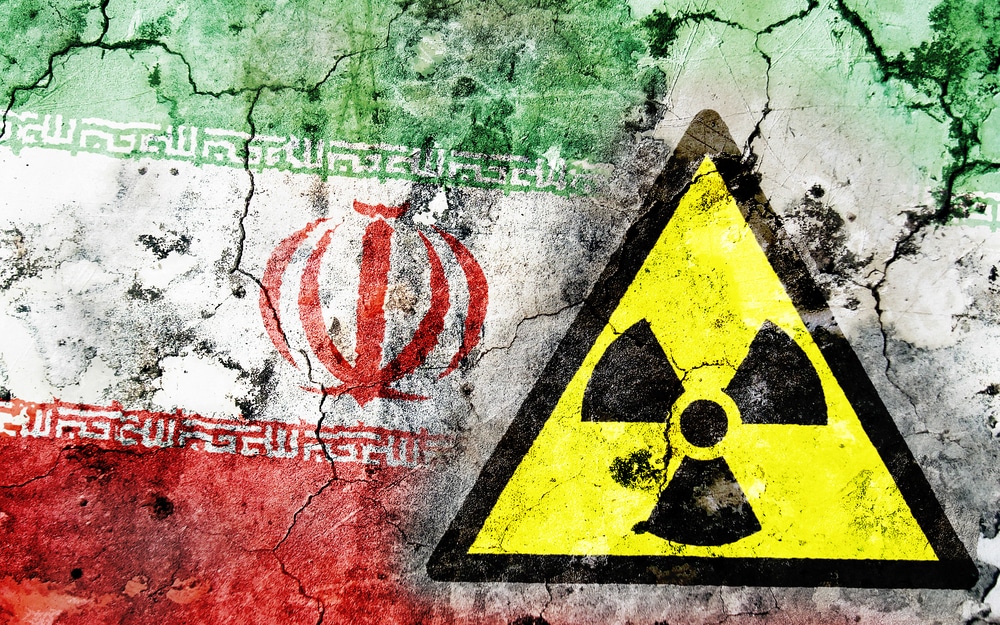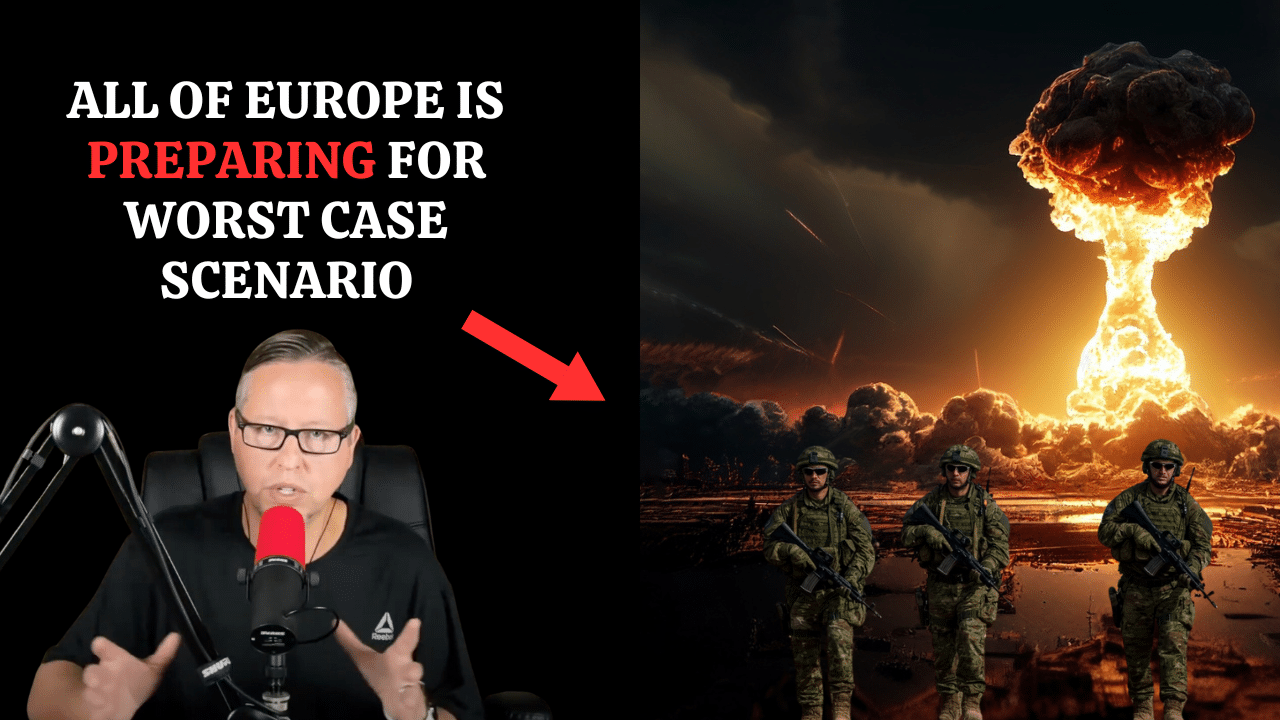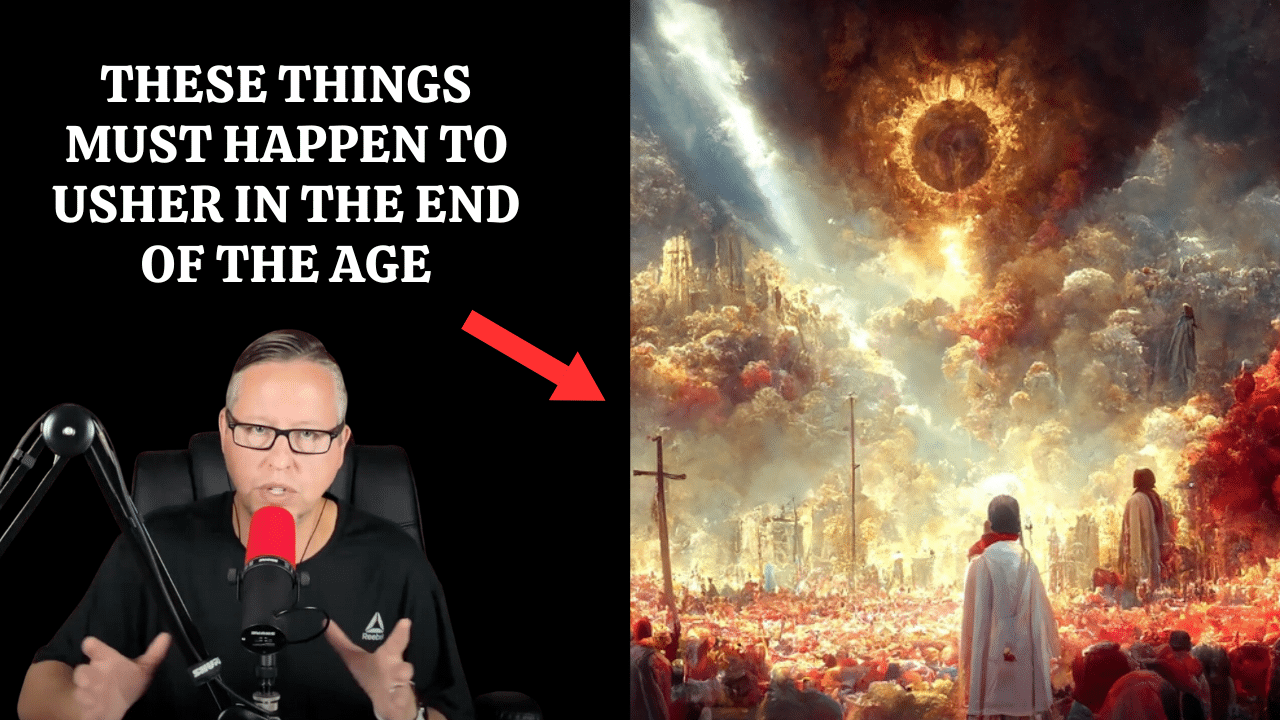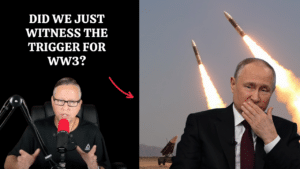(ETH) – In a stunning report, President Donald Trump recently considered launching a military strike against Iran’s main nuclear facility last week but was talked out of it by his top four senior advisers after warning the president that the action could have led to a major war in the Mideast.
According to the report by the Daily Mail, The top national security aides that Trump spoke with included Vice President Mike Pence, Secretary of State Mike Pompeo, Acting Defense Secretary Christopher C Miller, and Chairman of Joint Chiefs Mark Milley. The meeting reportedly took place a day after international inspectors informed UN members that Iran had significantly increased its stockpile of nuclear material.
The advisers ultimately dissuaded the president from launching a strike by warning him that such a move could trigger a wider conflict with Iran. The report detailed that a separate source also confirmed that Trump asked for options and after he was given the scenarios and he ultimately decided not to go forward with the strike.
This all followed the report from The International Atomic Energy Agency, which is a watchdog for the UN, that recently reported from a confidential document last Wednesday that Iran’s uranium stockpile is now 12 times larger than the limit set under the nuclear accord Trump pulled out of in 2018.
The Daily Mail stated: “The agency said that as of November 2 Iran had a stockpile of 2,442.9 kilograms (5,385.7 pounds) of low-enriched uranium, up from 2,105.4 kilograms (4,641.6 pounds) reported on August 25. The nuclear deal signed in 2015 with the US, Germany, France, Britain, China, and Russia, known as the Joint Comprehensive Plan of Action (JCPOA), allows Iran only to keep a stockpile of 202.8 kilograms (447 pounds).
The IAEA reported that Iran has also been continuing to enrich uranium to a purity of up to 4.5 percent, higher than the 3.67 percent allowed under the deal. Natanz, also called the Pilot Fuel Enrichment Plant, is located about 200 miles south of Tehran. Most of the complex is underground and it is subject to monitoring by IAEA under the nuclear accord.”







